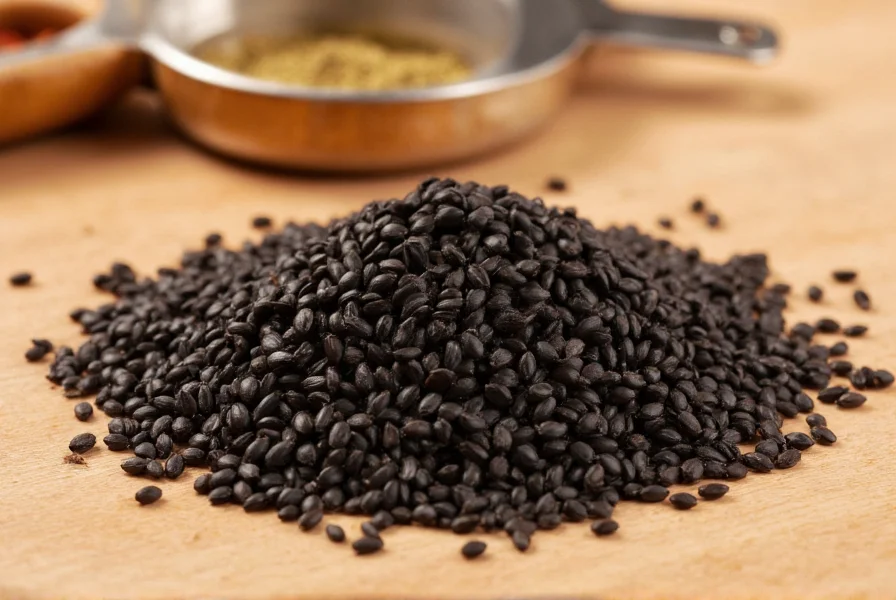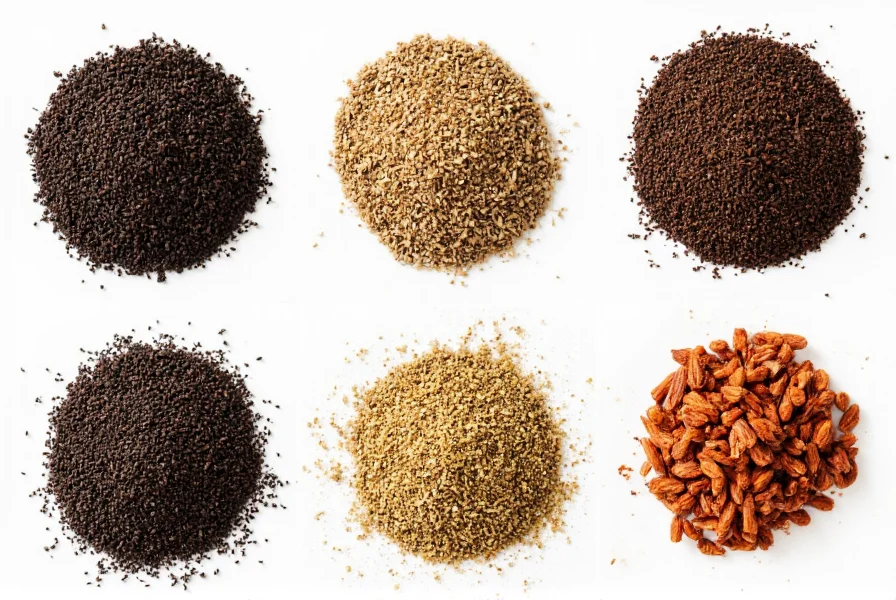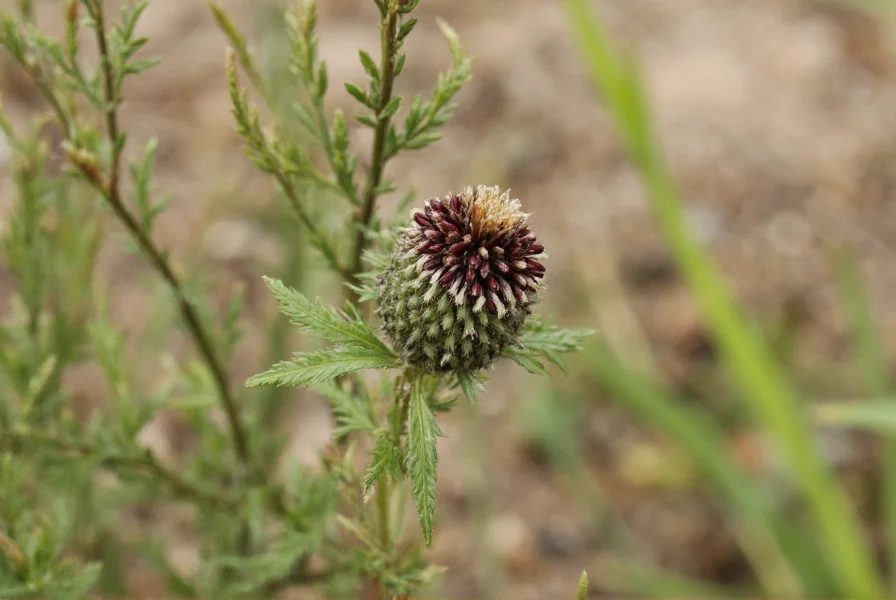Nigella seeds (Nigella sativa) represent one of the world's oldest cultivated spices, with archaeological evidence dating their use back to ancient Egyptian times. These tiny black seeds, often mistaken for onion seeds or black sesame, actually come from a delicate flowering plant in the buttercup family. Understanding what nigella seeds are and their distinctive characteristics helps home cooks and food enthusiasts incorporate them properly into various dishes.
Botanical Background and Historical Significance
The Nigella sativa plant grows to about 20-30 cm tall and produces delicate pale purple or white flowers. Within these flowers develop seed pods containing the prized black seeds. Historical records show nigella seeds were found in King Tut's tomb, indicating their importance in ancient Egyptian culture. The seeds have been referenced in religious texts and traditional medicine systems across multiple civilizations, from Ayurveda to Unani medicine.
Physical Characteristics and Flavor Profile
Nigella seeds measure approximately 2-3 mm in length and have a matte black appearance with a curved, teardrop shape. When crushed, they release a complex aroma combining notes of:
| Characteristic | Description |
|---|---|
| Taste | Nutty, slightly peppery with subtle onion-like undertones |
| Aroma | Earthy with hints of oregano and citrus |
| Texture | Crunchy when raw, becomes more aromatic when toasted |
| Common Confusions | Often mistaken for black sesame or onion seeds |
Unlike true cumin (Cuminum cyminum), nigella seeds belong to a completely different plant family, though they share some flavor characteristics. This distinction is crucial when exploring black cumin seeds vs nigella seeds in culinary applications.

Culinary Applications Across Global Cuisines
Chefs and home cooks value nigella seeds for their versatility across numerous culinary traditions:
- Middle Eastern cooking: Sprinkled on flatbreads like naan and lavash, incorporated into spice blends like za'atar
- Indian cuisine: Essential in Bengali panch phoron spice mix, used in pickles and vegetable dishes
- Mediterranean dishes: Added to cheese pastries, olive oil infusions, and roasted vegetable preparations
- Central Asian recipes: Featured in traditional breads and meat dishes throughout Turkey and Iran
When learning how to use nigella seeds in cooking, consider these professional techniques:
- Dry toasting: Briefly toast in a dry pan to enhance their nutty flavor before use
- Finishing touch: Sprinkle on finished dishes for visual contrast and aromatic burst
- Infused oils: Steep in warm oil to create flavorful bases for dressings or cooking
- Bread incorporation: Press into dough before baking for authentic flatbread preparation
Nutritional Composition and Verified Benefits
Nigella seeds contain a noteworthy nutritional profile per 100g serving:
- Calories: 345 kcal
- Fat: 22g (primarily unsaturated fats)
- Protein: 19g
- Fiber: 15g
- Iron: 66% of daily value
- Calcium: 9% of daily value
- Magnesium: 24% of daily value
Research indicates potential health properties associated with nigella sativa seeds nutritional value, particularly due to thymoquinone, the primary active compound. Scientific studies suggest these seeds may support digestive health and provide antioxidant benefits, though more research is needed to confirm specific therapeutic effects. It's important to distinguish between traditional uses and scientifically verified nigella seeds benefits.
Proper Storage and Preparation Methods
To maintain freshness and flavor, follow these storage recommendations for nigella seeds:
- Store in an airtight container away from light and heat
- Keep in a cool, dark pantry for up to 1 year
- For extended storage, refrigerate or freeze in sealed containers
- Check for rancidity by smelling - fresh seeds have a pleasant earthy aroma
When incorporating nigella seeds into recipes, understanding what do nigella seeds taste like helps determine optimal usage. Their flavor intensifies when toasted, making them ideal for:
- Seasoning roasted vegetables
- Enhancing salad dressings
- Flavoring yogurt-based dips
- Adding complexity to rice dishes

Common Substitutes and Culinary Alternatives
If you're exploring nigella seeds substitute options, consider these alternatives based on your specific recipe needs:
- Black sesame seeds: Similar appearance but milder flavor (best for visual substitution)
- Onion seeds: Different botanical origin but similar culinary role in some Indian dishes
- Cumin seeds: More intense flavor but works in some savory applications
- Fennel seeds: Different flavor profile but provides similar textural element
For authentic results in traditional recipes, especially when exploring nigella seeds in Indian cooking, substitutions may alter the distinctive flavor profile. Many specialty food stores and online retailers now carry genuine nigella seeds, making substitution less necessary than in previous decades.
Frequently Asked Questions
What is the difference between nigella seeds and black cumin?
Nigella seeds are often called black cumin, but they're botanically distinct from true cumin (Cuminum cyminum). Nigella seeds come from the Nigella sativa plant in the buttercup family, while true cumin belongs to the parsley family. Despite the naming confusion, they have different flavor profiles and culinary uses.
How should I store nigella seeds to maintain freshness?
Store nigella seeds in an airtight container away from light and heat. They'll stay fresh for up to 1 year in a cool, dark pantry. For longer storage, refrigerate or freeze them in sealed containers. Check for freshness by smelling - fresh seeds have a pleasant earthy aroma, while rancid seeds develop an off smell.
Can I eat nigella seeds raw or do they need cooking?
Nigella seeds can be eaten raw, but toasting them briefly in a dry pan enhances their nutty, aromatic qualities. Many traditional recipes incorporate them raw as a finishing touch, while others call for toasting before use. Both methods are safe and commonly used in global cuisines.
Are there any potential side effects of consuming nigella seeds?
When consumed in typical culinary amounts, nigella seeds are generally safe for most people. However, consuming large medicinal quantities may interact with certain medications or cause digestive discomfort in sensitive individuals. As with any food, moderation is key, and those with specific health concerns should consult a healthcare provider.











 浙公网安备
33010002000092号
浙公网安备
33010002000092号 浙B2-20120091-4
浙B2-20120091-4